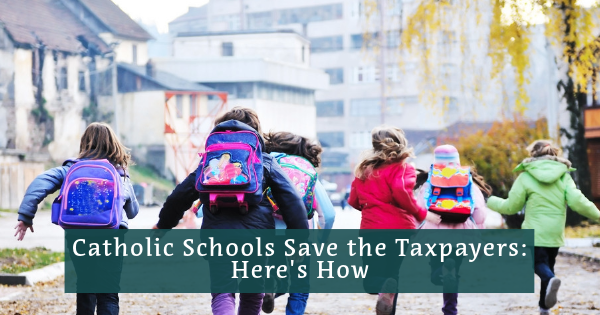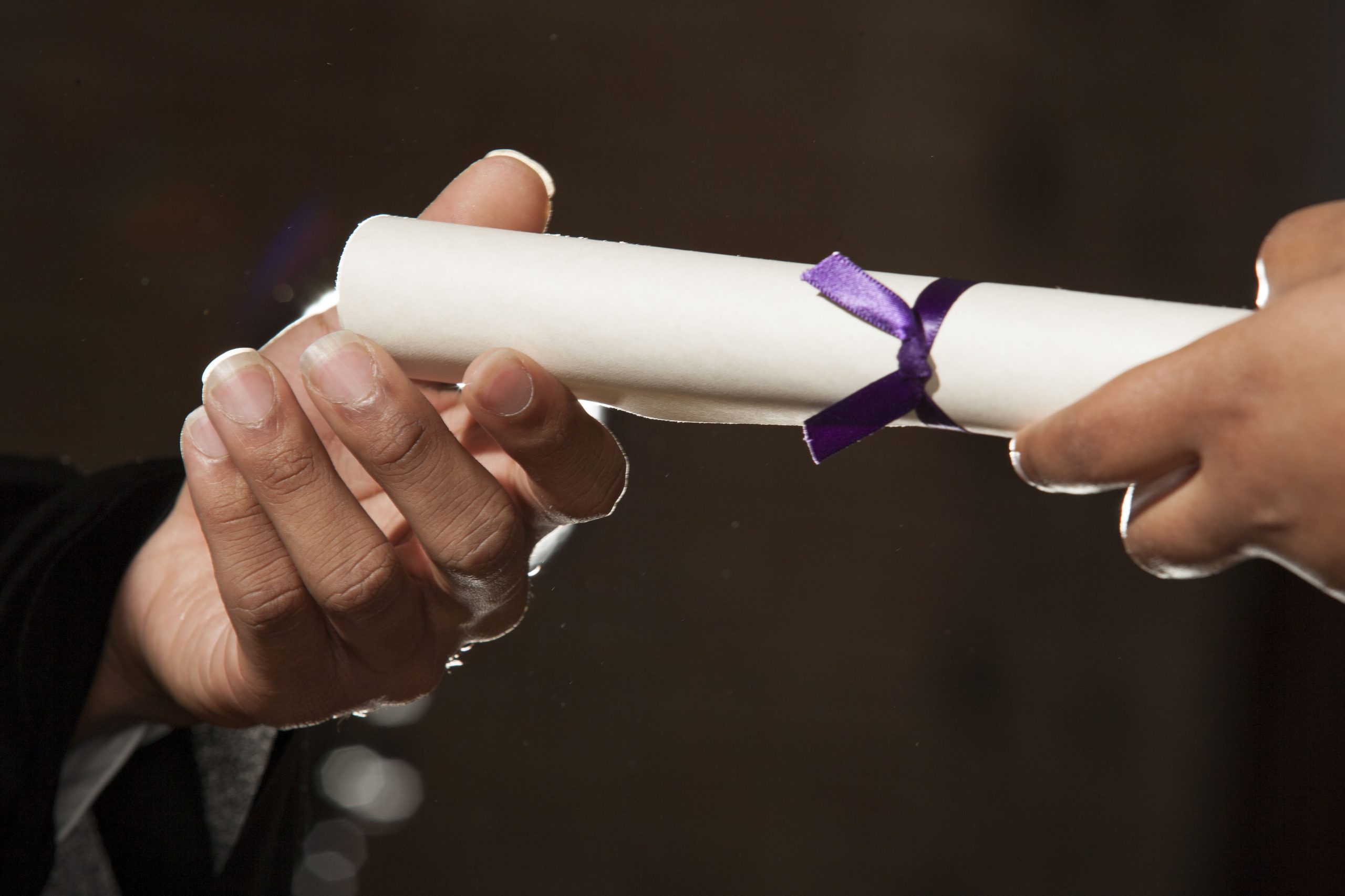
The best local Catholic schools out there are known for several things, but did you know they also help save taxpayers money? According to the Alliance of Catholic Education, Catholic schools save the country over $20.5 billion yearly. Here are a few actions these schools take to help save you money.
Tuition Payments
Many families pay yearly tuition for children to attend the best local Catholic schools out of their own pockets. This tuition payment makes up most of the operational budget that schools use. Public schools utilize local, state, and federal funding directly from taxpayers to maintain operating costs. This means that the parents are responsible for their child’s education.
Private Donations
Many schools utilize several funding methods to make up for a deficit in tuition and operational costs. Another critical source of funding involves private donations, which can come from alumni and parents of current students. Schools may also receive grants or donations from churches, individuals, or businesses in the area who want to promote the school. This flow of donations ensures that the schools rely on something other than taxpayer funding.
Saving Money
There are a good number of ways the best local Catholic schools reduce costs to ensure they don’t rely on taxpayer funding. Many use church facilities to cut down on construction costs. Small class sizes equate to schools spending less money to hire more staff. This also ensures that Catholic schools can focus on individual students to provide a better outcome. This positive outcome puts less of a burden on society in the future.
School Choice
Catholic schools allow parents to choose where to put their children. This helps relieve the burden on overcrowded public school districts and gets your child the enhanced, individualized attention they deserve. Overcrowded districts often need more infrastructure and maintenance, which comes from taxpayers. Catholic schools are helping save local taxpayers money by providing an alternative education option.
Catholic schools make a considerable effort to reduce overall spending with small class sizes and work with the infrastructure they have. They rely on donations, tuition, volunteers, and fundraising opportunities instead of money from taxpayers.




